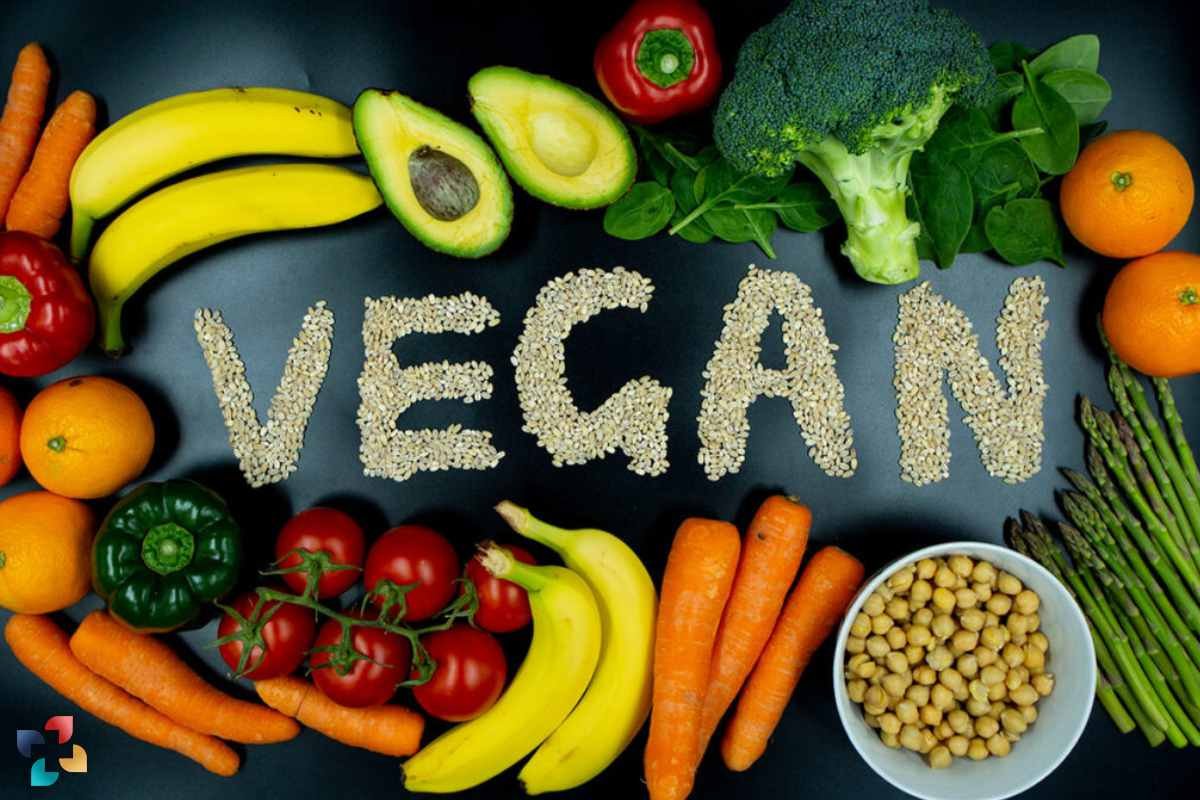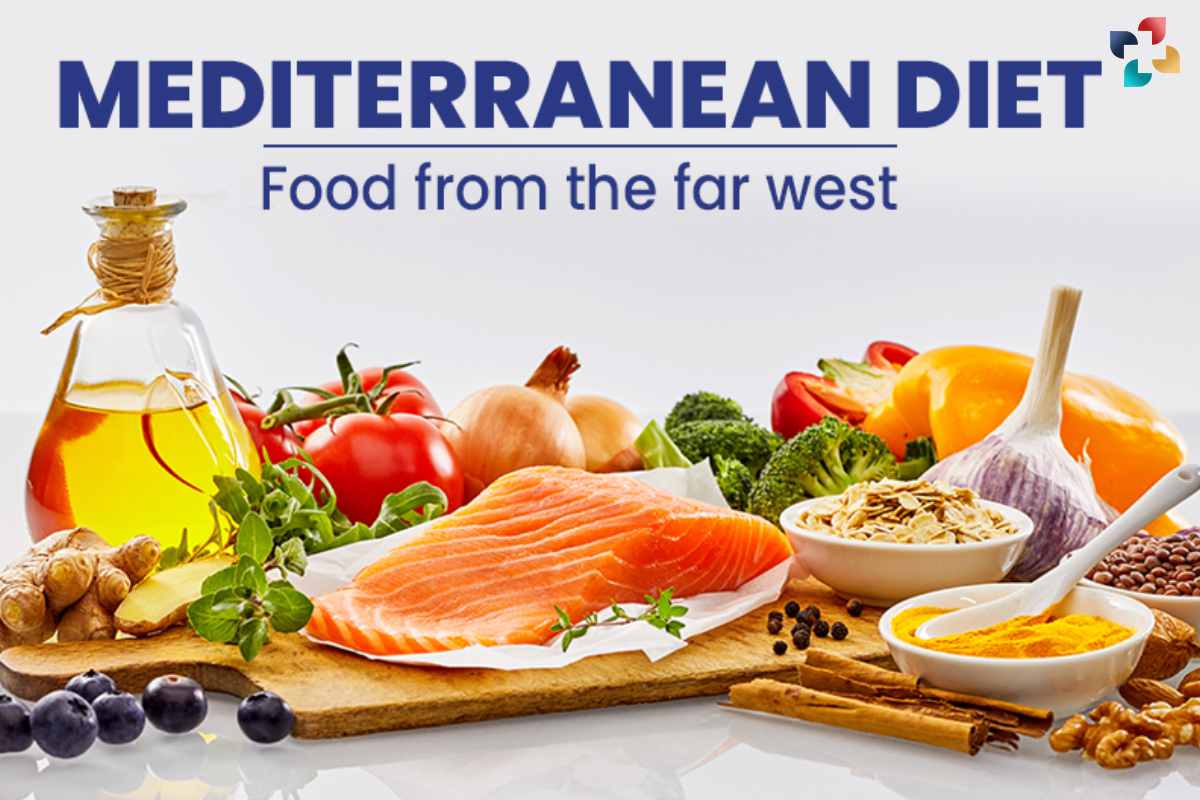Dieting is not a novel concept. It has, in fact, been around for ages! Do you wish to experiment with a new diet? There are numerous sorts of different types of diet to choose from! We’ll go through nine different diets, their benefits, and what they entail in this blog post. Continue reading to find out more.
Here are 9 different types of diets given below;
1. The Vegan Diet
The vegan diet is a sort of vegetarian diet that avoids all animal products, including meat, eggs, and dairy. Vegetables such as peas, beans, lentils, and other legumes are the most prevalent sources of protein for vegans in different types of diets.
Without supplements, vegans may struggle to ingest enough calories or calcium. This implies they may require fortified foods or vitamin supplements.

Positives: A lower risk of heart disease, cancer, and diabetes. Increased energy levels as a result of increased fiber ingestion. pH balance is more alkaline than the normal omnivore diet.
Negatives: The inability to obtain critical nutrients such as calcium, iron, and vitamin B12. Because there are fewer sorts of food to pick from, there are fewer possibilities.
2. The Paleo Diet
In different types of diets, the paleo diet is based on foods that would have been available during the Paleolithic period. This contains lean meats, seafood, fruits, vegetables, nuts, and seeds that are free of sugar and dairy. It excludes processed foods like bread and other grains.
Positives: Weight loss is a plus. Increased energy as a result of a high protein diet. Improved long-term health results, including a reduction in risk factors for heart disease.
Negatives: Can be challenging for those who require a lot of carbohydrates or sweets for endurance exercises like jogging or cycling.
3. Vegetarian Diet
There are different types of diets sorts including vegetarian diets that include fruits, vegetables, and grains. Lacto-Ovo vegetarians (who eat eggs), ovo vegetarians (who solely eat eggs), and pescatarians are all types of vegetarians (whose main focus is fish).
All nine necessary amino acids are found in Lacto-Ovo vegetarian protein sources. They can also ingest foods with a lower fat level than the ordinary omnivore.

Pescatarians consume more omega-3 fatty acids than vegetarians. They accomplish this while maintaining or increasing lean muscle mass on a daily basis.
Positives: Increased protein consumption. Fiber intake has been increased. Fat content is low.
Negatives: Fewer sorts of food to pick from means fewer possibilities.
4. The Ketogenic Diet
The keto diet is one of the most popular different types of diets for losing weight quickly. This diet is a high-fat, low-carbohydrate eating regimen.
It entails substantially lowering carbohydrate intake and replacing it with fat in order to put the body into a state known as ketosis. When your body is in ketosis, it uses its own fat stores as fuel.
Strict keto requires you to limit yourself to only 20-30 grams of carbs per day, which isn’t possible for everyone’s lifestyle. Keto diets do not need you to completely eliminate sugar from your diet, but you must considerably cut your intake.
Positives: Weight loss is a plus. Enhanced cholesterol levels
Negatives: Restrictive – tough without strong willpower or the help of friends/family because no sugar or grains are allowed. Due to a lack of certain key nutrients, such as fiber, it may be dangerous if not done properly.
5. Mediterranean Diet
The Mediterranean diet is popular in many civilizations throughout Southern Europe, including Greece, Italy, and Spain in different types of diets. Eating patterns in the Mediterranean diet is influenced by those found in these locations surrounding the Mediterranean Sea. This diet promotes the intake of plant-based meals, with an emphasis on olive oil and fresh fruits and vegetables.

It also restricts the consumption of animal products while not totally prohibiting them. The goal is to consume little portions as frequently as possible. This is one of the best diets for folks who want variety! Different types of diets, People on the Mediterranean diet, like most others, should avoid refined grains and oils, processed meat, and packaged foods.
Positives: A moderate diet high in veggies, healthy fats, and grains; slow but steady weight loss outcomes.
Negatives: Difficult to keep up with due to various food restrictions – not a good option for individuals who can’t live without bread or cheese.
6. The Atkins Diet
Perhaps the most well-known low-carb diet is Atkins’s different types of diets. It consists of a restrictive induction phase with limited foods, followed by an ongoing adjustment period to help maintain weight loss, during which more types of food and carbs are gradually reintroduced into one’s daily nutritional consumption.
The idea is to compel your body to stop using carbs as its primary source of fuel, which will lead you to gain weight due to insulin release in reaction, and instead start burning fat stores at a higher rate. Meats, eggs, cheese, and other dairy products are permitted on the Atkins diet. Bread and high-carbohydrate vegetables such as potatoes or corn are not permitted.

Positives: Promotes quick weight reduction by restricting carbohydrate intake; once on a maintenance diet in different types of diets, it allows for flexibility in the types and amounts of food ingested while maintaining ketosis levels.
Negatives: Some people have trouble sticking to tight criteria for an extended period of time; the diet might cause kidney stones, urinary tract infections, and constipation.
7. The DNA Diet
A DNA diet is tailored to an individual rather than broad diet concepts or suggestions. DNA diets give dietary recommendations based on what is known about the client’s DNA.
This plan is ideal for folks who wish to lose weight while still enjoying their favorite meals. Fast food or high-calorie snacks, for example, are not permitted on most other types of diets.
The different types of diets recommended are based on an understanding of how different foods and combinations affect different persons based on their DNA. This information is gathered through genetic testing.
Some types may encourage certain foods or combos, while others may not. Some foods may provide a health risk to those who have certain genetic mutations.
Positives: This diet is highly adjustable, based on your body type or goals.
Negatives: There aren’t many drawbacks to this diet, but the expense of DNA tests can be prohibitively expensive.
8. Clean Eating Diet
High-fiber, unprocessed carbohydrates such as whole grains and fruits are permitted on the clean eating different types of diets. Fatty foods and processed sweets such as white bread or refined sugar are not authorized.
The Clean Eating diet allows mostly vegetables such as spinach or broccoli, fruits such as strawberries or blueberries, and lean protein sources such as skinless chicken breast or fish fillets.

Positives: Promotes weight loss through dietary fiber consumption rather than caloric restriction, which may be easier for some people in the long run because it does not restrict food consumed – though this type of diet is only sustainable if you consume a lot more calories due to increased portion sizes.
Negatives: This diet is tough to follow since it may be difficult for some people to obtain high-fiber items other than vegetables and whole grains. As a result, long-term adherence would be difficult owing to limited food alternatives, which might lead to boredom or poor nutrition if tight guidelines are not followed effectively.
9. Weight Watchers Diet
The weight watchers diet of different types of diets diet encourages participants to eat a variety of foods in moderation. It is based on the premise that people can regulate their weight by eating meals from various food groups within the confines of what they consider “points.”
The plan assigns points each day for each food type, making it simple to determine how many calories you’ve consumed during the day. For example, one slice of bread represents roughly four points (depending on your diet target), so if you take three pieces at lunch, your daily point total has already reached 12 out of the 24-point limit.
This way of life also involves regular exercise as a major component; studies show that greater physical activity benefits weight loss.
Positives: This diet is simple to follow, and the foods you eat are healthier.
Negatives: For some different types of diets, the system may appear overly difficult or insufficiently comprehensive. Because each food item is awarded a different number of points, it’s impossible to quantify how many calories you’re ingesting. The variety of foods supplied is limited and may not please everyone.











